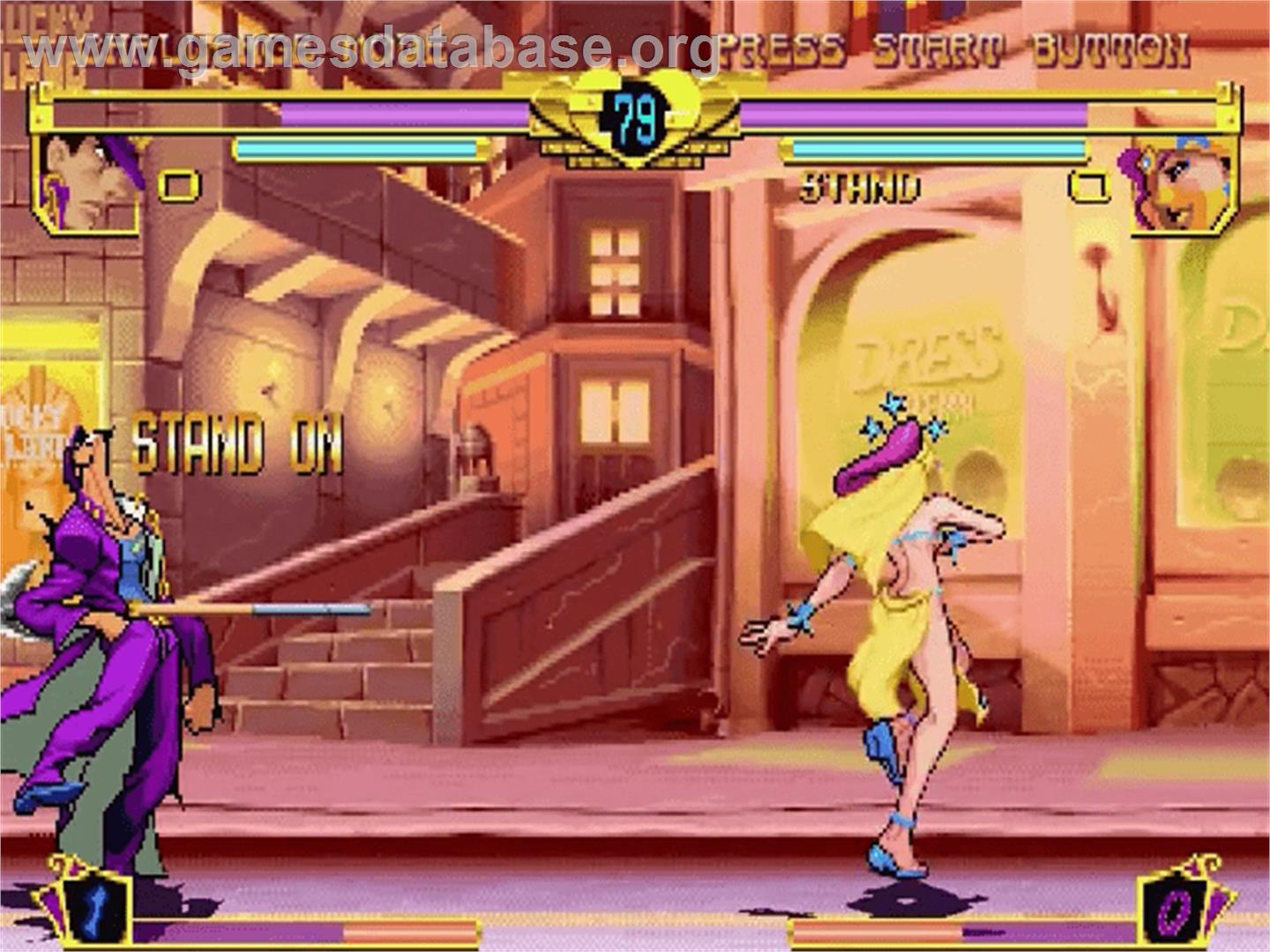


This is a fan sequel to the popular 2D fighting game 'JoJo's Bizarre Adventure: Heritage For The Future'. You can play as a large cast of 80 characters from Phantom Blood to Steel Ball Run, as well as 62 stages to battle on. Modes include Arcade, Team Arcade, Versus, Team Versus, Team Coop, Survival, Survival Coop, Training, and Watch Mode. Along with Jotaro, he is the face of Heritage for The Future. He has a lot of moves from the manga, since the game is very faithful when it comes to fanservice. Laser beams, teleportation (well, technically just stopping time momentarily), command throws, steamroller super, The World, and one of the strongest supers in the game.

Heritage For The Future Remix
The guide provides teacher educators and teachers with an understanding of the concept of intangible cultural heritage (ICH) and explains why ICH should be integrated into the curriculum in tandem with the principles and perspectives of Education for Sustainable Development (ESD). This guide explains how the strategic incorporation of ICH elements and ESD principles into the curriculum can enable learners to gain the knowledge and skills that are necessary for ensuring sustainable development in the future. Within the framework of the 2003 Convention for the Safeguarding of the Intangible Cultural Heritage, this guide is intended to raise the capacity of teachers to incorporate local elements of ICH, and principles of ESD, into teaching and learning practices. The guide provides examples of how the teaching and learning of ICH for sustainable development has been creatively incorporated into several disciplines--such as mathematics, science, music and social studies--in various cultural settings. It also suggests steps for preparing and assessing lesson plans. UNESCO developed this guide based on the results of pilot projects conducted in four countries in the Asia-Pacific region, where participants developed locally-customized guidelines and materials for the incorporation of ICH elements and ESD principles into teaching and learning in schools. The examples of ICH given in this guide are not more significant expressions than others and are not necessarily those that should be prioritized, they are just illustrative samples. [Tim Curtis and Elizabeth Cardosa also contributed to this publication.]